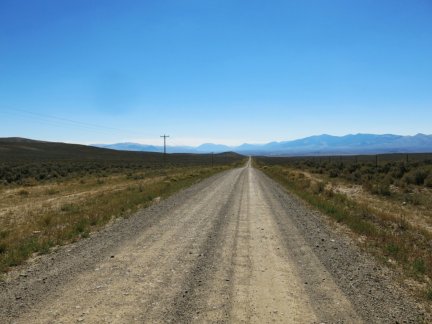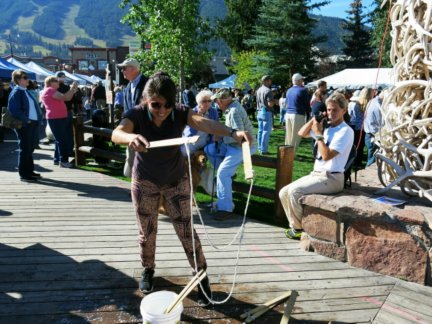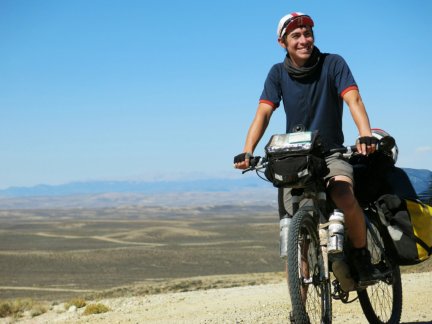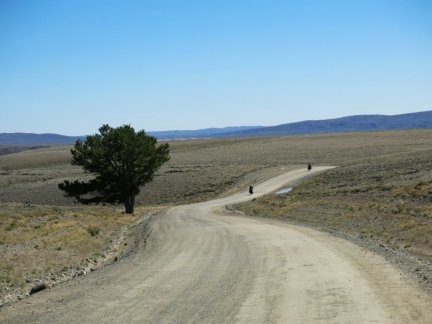One week now on the Great Divide. I am blown away by this trail- never been on anything like it. The roads that my map and instructions direct me down are gravel forest service roads through the National Forest, or old roads that used to be the supply routes between towns in the 1860s but are now “scenic byways” that no one else is on. Through southwestern Montana the roads were beset on all sides by huge ranches, generally arid sage landscapes with cattle grazing all around. The cattle are not at all phased by bikes rattling down the roads until you’re within about 5 feet of them. The ACA route directions and a working odometer are vital to staying on the trail, and even with both of those, it is still quite easy to get lost. Seeing tire tracks from other bikers on the trail before you are good indicators of where to go at a fork in the road.
If you’re at all thinking of riding the Divide- do it. You won’t be sorry. Tired maybe, but not at all sorry.

Immediately after joining the trail in Butte, I climbed to my first crossing of the Continental Divide and set up camp there for the night. It would have been a very quiet night, no one else around, except that hunting season has evidently started, and in some parts of the National Forest hunters are roving around in their 4x4s.

Clear skies and a crisp morning. According to the route profile, the trail so far is always above 5,000ft, going to 6,000ft quite often, and hitting 7,000ft at the passes. Supposedly it will be even higher in Colorado. Woke up one morning with frost on the tent poles and ice in my water bottles. All the other nights seem to be hovering just above freezing.

The forest roads are quiet. Cattle are the most frequently seen animals, though I came across deer and elk sometimes too.

A lone tree on the climb up to Fleecer Ridge. The route instructions describe this climb as “legendary”, and for steepness and difficulty, that’s definitely a good description. The descent down the other side was even steeper though, and only rideable for about the first quarter or so. After that, the descent involved much burning through brake pads trying to gently guide Acero down the hillside.

Montana vista. One nickname for Montana is Big Sky Country, and in this part it’s easy to see why. Sunglasses on all day, and breaks are generally taken whenever a lone stand of trees or rock outcrop puts out a little bit of shade.

The roadsigns match the time period of the roads themselves.

Continental Divide crossing #2 for me. Into Idaho!

I caught up with Pignon Voyaguers a few days into the Divide. They, Marion and Virgil, are a French couple riding down to Argentina from Alaska. I had heard about them from Marc and Noemie, and wound up following their tire tracks for a few days before catching up to them on the road. We rode together for a day, then I went ahead as I had a deadline to get to Jackson to meet a friend.

Great company!

Outside of the National Forest, the landscape was always arid, sage-filled grazing lands. Creeks and rivers could be spotted from far off from the sudden green-ness surrounding them.

After 3 days of seeing nearly nothing but sage deserts, trees promptly surrounded the road right before crossing into Idaho.

A spot beside the road to camp, just before Wyoming.

Making progress south!

Definitely more moist in Wyoming.

Made it to Jackson to meet up with Santana before she headed back to school!

Jackson involved a fun day and night of wandering through art galleries and a farmer’s market with a bubble-making station. Headed deeper into Wyoming now, and Colorado is next on the agenda. And now back to the bike!




























